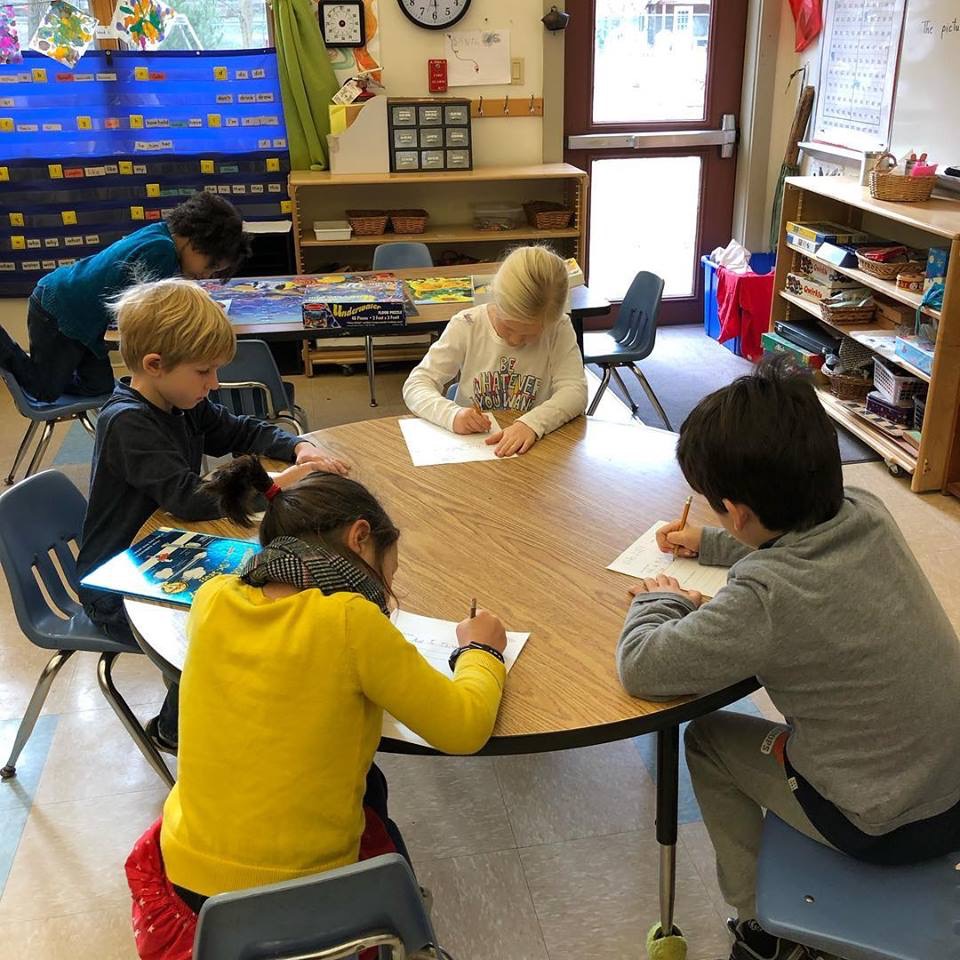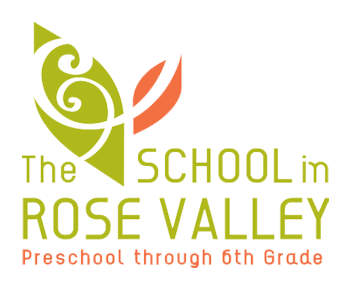 Progressive education elementary schools have long enjoyed the benefits of multi-age classrooms, and the practice is now being employed in some schools at junior high and high school levels. A recent article in The Atlantic explored the use of multi-age classrooms at a charter school in Massachusetts and a small public high school in the Bronx. In the case of the latter, their incorporation of progressive education philosophies led to them winning awards from the National Education Policy Center and the Center for Reform of School Systems.
Progressive education elementary schools have long enjoyed the benefits of multi-age classrooms, and the practice is now being employed in some schools at junior high and high school levels. A recent article in The Atlantic explored the use of multi-age classrooms at a charter school in Massachusetts and a small public high school in the Bronx. In the case of the latter, their incorporation of progressive education philosophies led to them winning awards from the National Education Policy Center and the Center for Reform of School Systems.
Why Multi-Age Classrooms?
Traditional schools are one of the few places children are grouped together by a single age. Nearly everywhere else – from Little League baseball and softball teams, to Scouts, to arts programs – children are grouped into broader age groups. This is because children of the same age are not necessarily at the same stage of development. A child may be advanced in one area – such as reading – and behind in another – such as math. Normal development takes place within a range (for example, reading skills develop anywhere from 3 years old to 6 years old), not at a specific age. Multi-age classrooms remove pressure and feelings of inadequacy from children, creating an environment where they can learn, succeed, and flourish.
The benefits of multi-age classrooms are that they put learning at the center, both socially and academically. The older students in the class help teach the younger students by modeling more sophisticated, complex problem solving and critical thinking. This also allows them to organically learn about leadership, mentoring and collaboration. The younger children can seek guidance from older students rather than having to rely solely on assistance from an adult. This not only enriches their learning experience, it also allows them to develop independence and to feel secure in their capabilities. Multi-age classrooms cultivate a child-led learning environment where students can develop a lifelong love of learning.
Multi-Age Classrooms at SRV
At The School in Rose Valley, students above Kindergarten level are grouped into classrooms spanning two grades. Primary Circle includes first and second graders (generally 6-8 year olds), Middle Circle includes third and fourth graders (8-10 year olds), and the Oldest Group includes fifth and sixth graders (10-12 year olds).
Our developmentally appropriate curriculum encompasses every aspect of children’s development, from language arts, mathematics, and social studies, to physical, emotional and social development. Our curriculum spirals, introducing concepts and skills at one level, then revisiting them as students learn and grow so that their understanding and skills increase. The curriculum is also dynamic, engaging students and encouraging them to be active participants in their learning.
For more information about The School in Rose Valley, contact Rory Mannion, Director of Admission & Tuition Assistance, at rorym@theschoolinrosevalley.org or 610.566.1088.

